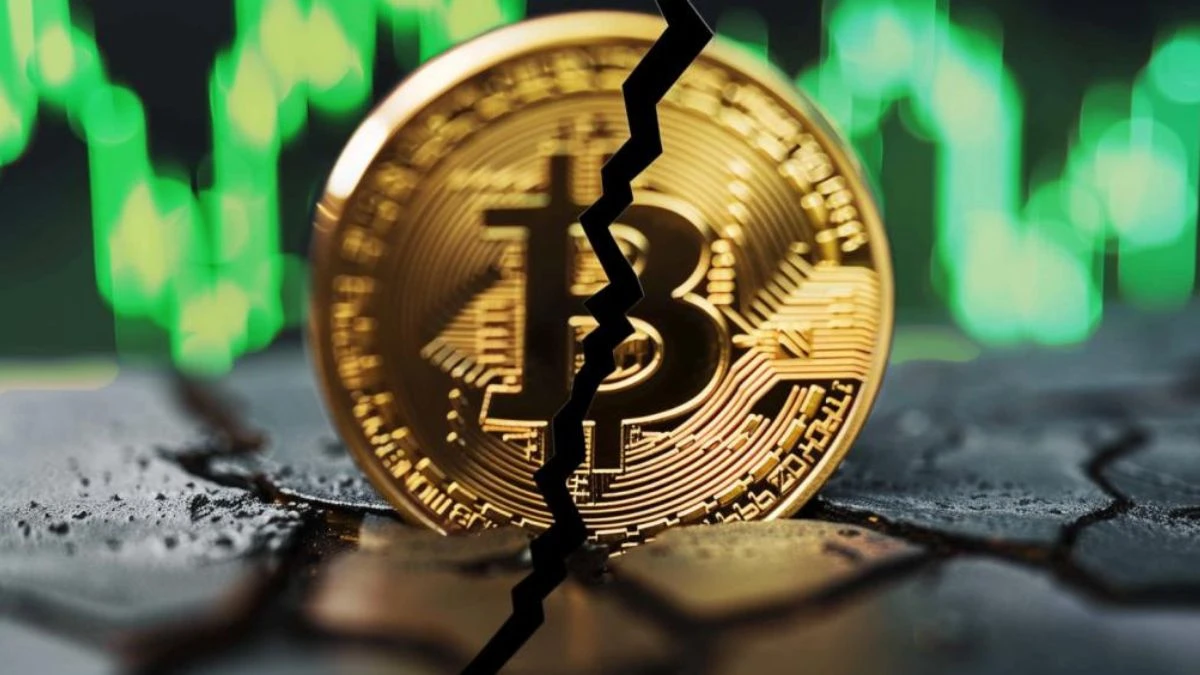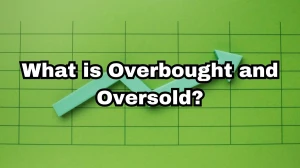
Bitcoin Halving 2024, Benefits of Bitcoin Halving
Bitcoin halving is a programmable process that happens after every 210,000 blocks are mined. The size of the reward is halved for this year, 2024 to 3.125 BTC from the earlier 6.25 BTC.
by Damodharan N
Updated Apr 23, 2024
On This Page
Bitcoin Halving 2024
Bitcoin halving is a built-in process that was created by the pseudonym creator Satoshi Nakamoto. In this case, after every 210,000 blocks are mined, the size of the reward is halved.
The reward is bitcoin; that’s why it is called bitcoin halving. For this 2024 year, the Bitcoin halving happened on April 19th or 20th, depending on your timezone. The current year's Bitcoin reward was halved to 3.125 BTC from the earlier 6.25 BTC for every block that was mined.
The next schedule is expected to be in 2028, or after the 210,000 blocks that are said to be mined. During every Bitcoin halving schedule, there will be a bloodbath in the market's volatility.
This year, the ensuing week's price was fall by 4%, and the bitcoin price was trade at around $64,100 as per the coin metrics data. And after every halving, the price is expected to rise before the next cycle.
What is Bitcoin Halving?
Bitcoin halving is programming based on the number of coins that can be rewarded for miners. After completing the 210,000 blocks, the size of the bitcoin reward will be halved, meaning that miners will receive 50% less reward for verifying the transactions. And for this reason, it is called bitcoin halving.
This was enacted to prevent the oversupply of bitcoin in the market by pseudonym creator Satoshi Nakamoto. The bitcoins will have a maximum supply of 21 million, which is expected to happen in the year 2140, according to the calculations.
Currently, the mined Bitcoin stands at 19,686,975, which constitutes 93%, and the remaining will be mined over the next century, showing the power and simplicity of the halving process. But there are also fears that this will lead to consolidation within the mining process due to the impact of the network hash rate of a particular miner.
But investors are also bullish about the miner's consolidations, as this will lead to more capital being spent to streamline the mining process itself, which will save huge energy costs.
Bitcoin Halving Schedule
Bitcoin halving happens after every 210,000 blocks are mined; currently, this is limited by the network hash rate, i.e., the computational capability of a network to calculate the hash program of SHA-256 to measure the cryptographic output.
In the case of the digital computer, if the capability is magically exceeded, then this 4-year schedule will change. but with our current capability, the halving schedule will be every once in four years.
|
Event |
Date |
Block Number |
Block Reward |
Total New Bitcoins Between Events |
|
Bitcoin Launches |
January 3, 2009 |
0 (genesis block) |
50 BTC |
10,500,000 BTC |
|
First Halving |
November 28, 2012 |
210,000 |
25 BTC |
5,250,000 BTC |
|
Second Halving |
July 9, 2016 |
420,000 |
12.5 BTC |
2,625,000 BTC |
|
Third Halving |
May 11, 2020 |
630,000 |
6.25 BTC |
1,312,500 BTC |
|
Fourth Halving |
19th/20th April 2024 |
740,000 |
3.125 BTC |
656,250 BTC |
|
Fifth Halving |
Expected 2028 |
850,000 |
1.5625 BTC |
328,125 BTC |
This year, halving happened on April 19, or 20th 2024, based on the timezone with the bitcoin reward per block being 3.125 BTC, up from the earlier 6.25 BTC.
Why the Bitcoin Supply is Limited?
The bitcoin’s supply was limited by the hardcode protocol step built-in measure by the pseudonym creator Satoshi Nakamoto, who was fixated on the supply of the bitcoin with an upper limit of 21 million, making it a finite digital asset.
Even though the reason was not underlined by the pseudonym creator, most people assume it to be part of the simple economic logic of scarcity (demand and supply) and inflation. If there is more supply of a particular product, then its intrinsic value will decrease.
Making this stable currency have a value of its own might be one of the reasons that this limit was set, as well as one of the many assumptions. As for inflation reasons, the fiat currencies that have been printed by governments across the world can be controlled by printing more money into market circulation, causing inflation.
In order to stop the bitcoin manipulation, supply might be one of the reasons. But we are not sure why the upper limit exists. It might be one of the questions that we are yet to know, but we will find out in the future.
Benefits of Bitcoin Halving
The Bitcoin halving has benefits specifically for miners who are at the forefront and core of the system, as they are the ones keeping the integrity of the system by engaging in the process called proof of work verification for the transactions that are happening in the Bitcoin cryptosystem.
Key benefits
- Consolidations and mergers of various miners' groups will make it more mature to make bigger capital expenditures on improving the mining process.
- Energy efficiency and a low carbon footprint in the mining process. If the economics of scale come into play,.
- The bitcoin volatility feature may slow down due to the limited supply that is built into the halving process.
- Bitcoin mining is already based on processes like application-specific integrated circuits, which will be used to further the mining process and bring down costs.
Bitcoin Halving 2024 - FAQs
1. What is the Bitcoin halving?
The Bitcoin halving is for miners. After completing the 210,000 blocks of mining, the size of the Bitcoin reward will be halved, meaning that miners will receive 50% less reward for verifying the transactions.
2. When did the 2024 bitcoin halving happen?
The 2024 Bitcoin halving took place on April 19th or 20th, depending on your time zone, where the price of the Bitcoin reward will be 3.125 BTC from the earlier 6.25 BTC.
3. What is the current supply of bitcoin?
The current supply of Bitcoin is 19,686,975, which constitutes 93% of the limit set of 21 million.
4. What determines the mining capacity of Bitcoin?
The mining capability is based on the network hash rate, based on which the computer capability is determined for the SHA 256 program.
5. What is the Bitcoin supply limit?
There are many assumptions, the most popular being scarcity (supply and demand) and inflation.




